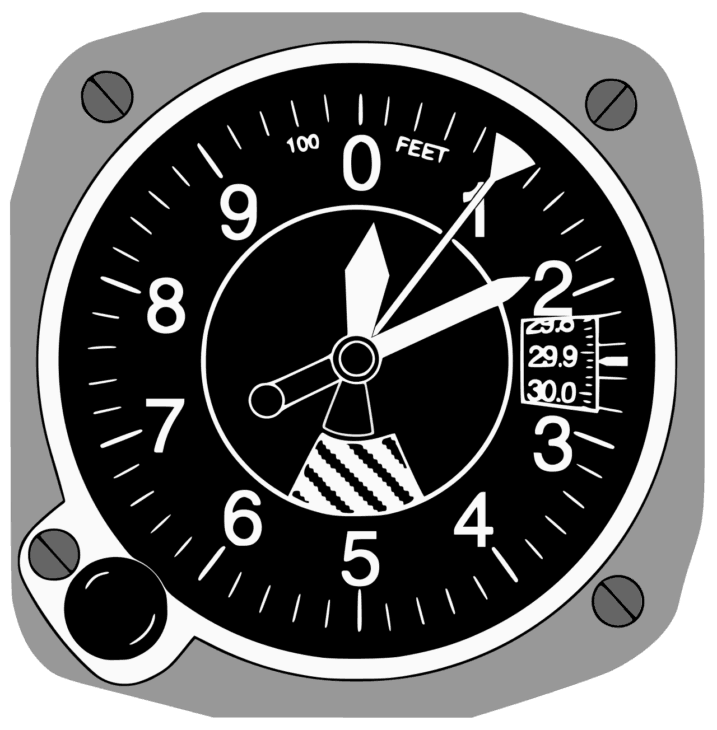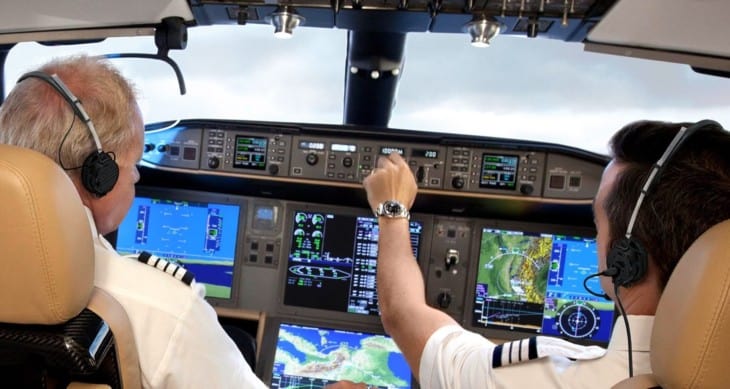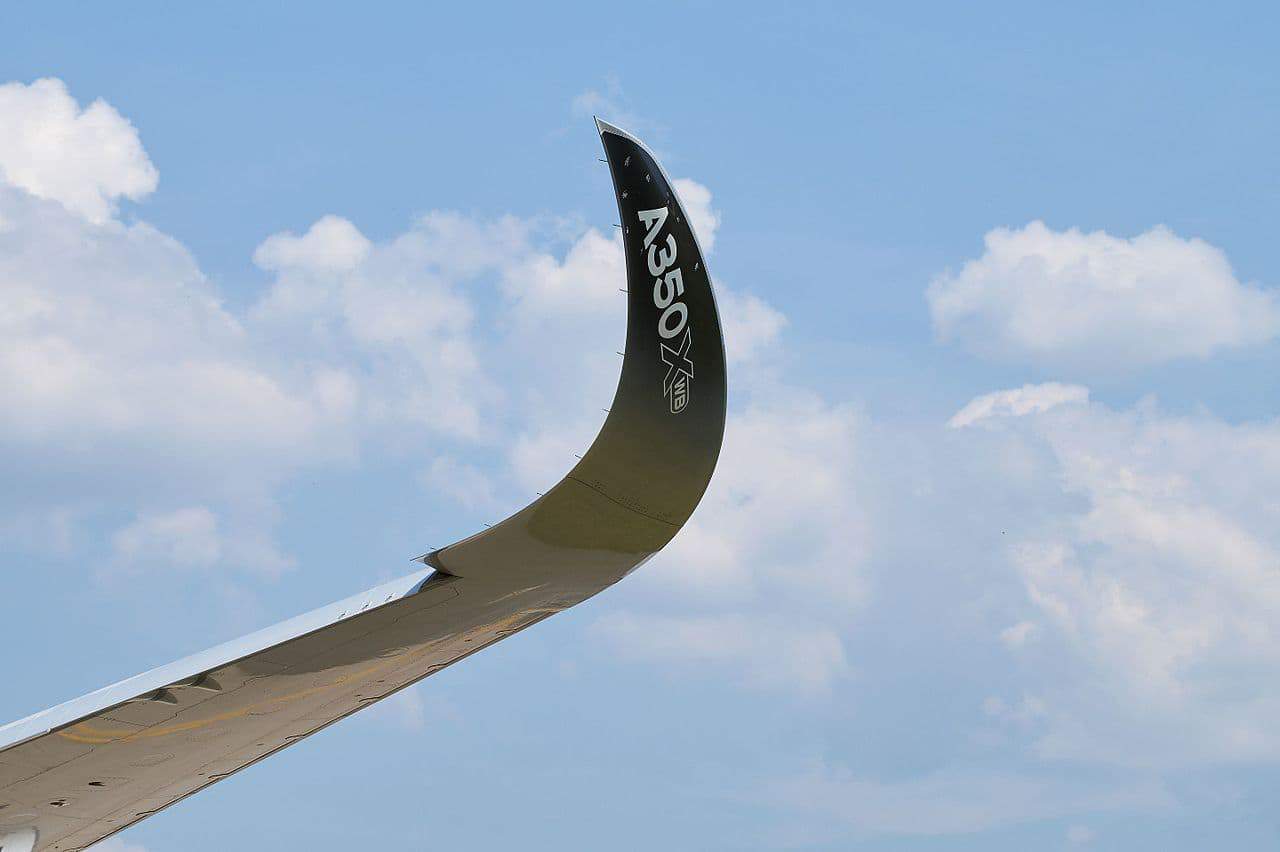For passengers, one of the greatest mysteries is how airplanes know how high they are. After all, the third-dimension of flying is what sets it apart from all other modes of transportation. How do airplanes measure altitude and who else cares how far they are from the ground?
How Do Pilots Know Their Altitude?
The primary altitude measurement device for a pilot is an altimeter. The altimeter measures the atmospheric air pressure outside of the airplane and gives the pilot an idea of how high they are flying. It’s up to the pilot to calibrate the altimeter because atmospheric pressure changes often due to the weather.
How Does an Altimeter Work?
Pretty much every airplane flying has some form of pressure-sensitive altimeter onboard. It’s a simple instrument, but it has some limitations that pilots need to understand before they go flying.
As the airplane climbs higher in the atmosphere, the air pressure gets less and less. The altimeter has a sealed chamber inside it that expands as the airplane climbs, just like a balloon would. The amount that the chamber expands is measured using hands that look like the hands of an analog clock.
The altimeter is calibrated to use the average amount of pressure decrease that exists in the atmosphere under normal conditions. The standard lapse rate, as it’s called, is 1.00″ Hg for every 1,000 feet of climb.
How Do You Read an Altimeter?
An altimeter is read much like a clock. It has a big hand and a little hand, and like a clock, the hands move between digits gradually. When reading a clock that says it’s 2:30, the big hand lies half-way between the two and the three.
On an altimeter, the big hand indicates thousands of feet and the little hand points to feet, each number indicating 100 feet. There are small dashes to indicate 20 feet each, five per every 100 feet.

There is also an outer needle that is easy to miss. It points to tens of thousands of feet and is only used when above 10,000 feet.
Altimeter Settings
The biggest problem with an altimeter is that it doesn’t actually know where the ground is. It only measures the air pressure change, so it has to be told where “zero feet” is. Pilots usually want their altimeter to indicate height above sea level, so a small knob lets them input the current altimeter setting.
The altimeter setting changes from hour to hour and place to place. It is a factor of the weather and changes as air masses move around, and temperature changes occur. Since the pilot can’t tell what the pressure setting is without asking, air traffic controllers are constantly updating pilots with the current altimeter setting. It’s one of the most critical pieces of information pilots need to know.
Other Types of Altimeters on Planes
– Radio Altimeters
There are airplanes with radar altimeters on board. When near the ground, a special radar unit senses the airplane’s height above ground and indicates it to the pilot. Radar altimeters generally only work below 2,500 feet above ground level.
Radar altimeters are expensive and big, so they are usually only found on airliners or big transport-category airplanes. They’re an essential part of operating these airplanes, though, since they work regardless of what the pilot has set up in the cockpit. They’re an important safety backup system.
– Vertical Navigation Systems
When enough satellites are in view, the GPS is capable of telling a pilot how high they are. It’s not accurate enough to be used all the time–at least not yet. But it does provide altitude data when a three-dimensional fix is achieved.
Several other navigation systems can provide some altitude information. For example, the ILS (instrument landing system) has a component known as the glideslope. The glideslope is an angled radio navigation beacon that guides a plane on its final approach to the runway. It’s mostly used in poor visibility, but it is a great help to pilots when they’re approaching runways where they’ve never landed before.
How do Autopilots Know their Altitude?
The aircraft’s electronics also need to know the flight altitude. The pilots usually set the autopilot system in a simple altitude hold setting. To make this happen, the autopilot has its own altimeter. When it notices a change in the plane’s altitude, it adjusts the pitch trim to maintain the selected level.

How do Air Traffic Controllers Know a Plane’s Altitude?
Air traffic controllers need to know the altitudes of the plane as much as pilots do. Their radar does not show altitude. On its own, it can only show the plane’s direction and distance from the radar facility. If two airplanes are flying in the same place, they may appear to be at risk of collision even if they are thousands of feet apart vertically.

A piece of equipment on board the aircraft fixes this problem by transmitting the plane’s altitude to the radar facility. The transponder is a small radio that sends only a few pieces of data to the controller, but they make all the difference. A standard Mode-C transponder sends out a four-digit identification code and the flight’s pressure altitude.
What is pressure altitude?
A pressure altitude is simply the height of the plane above standard pressure, which is 29.92″ Hg, instead of above sea level. Interestingly, the transponder sends out the altitude irrespective of the current altimeter setting, and then the controller’s computers adjust it accordingly. This eliminates the possibility of confusion should a pilot accidentally set their altimeter incorrectly.
Related Posts














